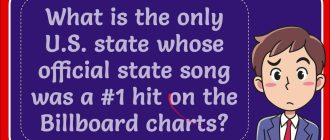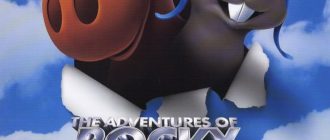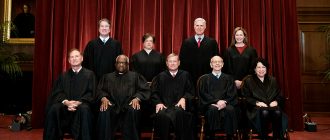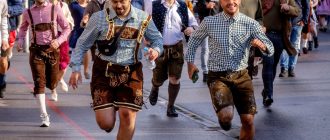In the poem that concludes the second verse with “Not that final meeting In the twilight kingdom,” to what historical figure does the second epigraph allude?
Enter your answer…
Effigy G _ _ F _ _ _ _ _
In the second quotation the epigraph alludes to England’s November 5th tradition of Guy Fawkes Day. In 1605, Guy Fawkes unsuccesfully tried to blow up the Parliament building. Eliot’s quote A penny for the Old Guy is called out on this holiday by children who are attempting to buy fireworks in order to burn straw figures of Fawkes. In this verse Old and Guy are written with capital letters, emphasising the fact that the puppet represents a `poor, old, mortal fellow´ who needs to be given a few alms. In any case, we must notice the vagueness of the sentence, as the Old Guy does not make reference to any specific character or person, and we wouldn’t have guessed who Eliot is addressing if we didn’t know the cultural background mentioned before.
In the last stanza of Part I, we find a Those which is clearly opposite to We as it says: Those who have crossed with direct eyes, to death’s other kingdom remember us not as lost, violent souls, but only as the hollow men, the stuffed men. This means that We are not remebered as lost, violent souls (Mistah Kurtz or Guy Fawkes) but just as hollow men, in relation to Those (who have crossed with direct eyes), implying as well that the hollow men do not possess those `direct eyes´. Even so, we cannot distinguish the complete meaning of We.






